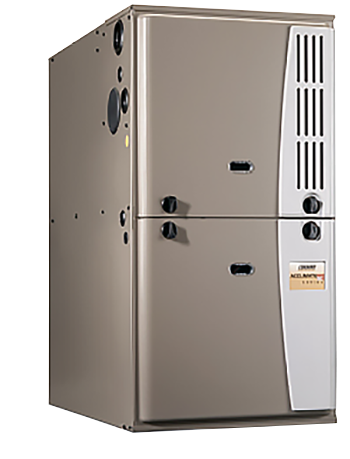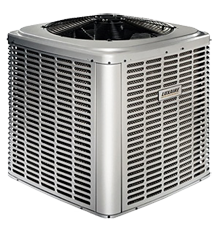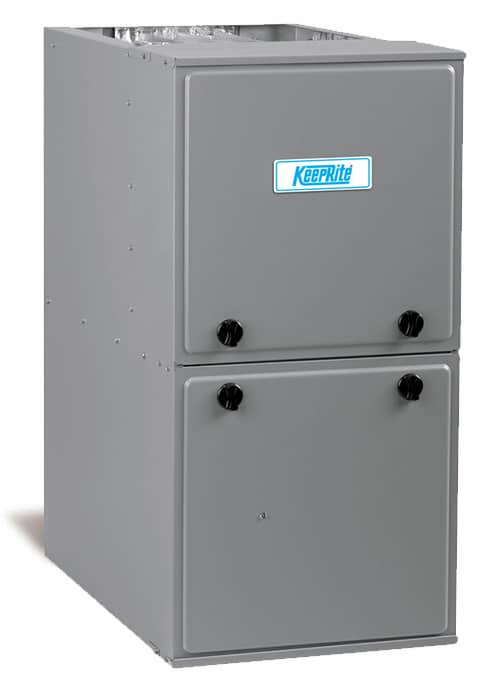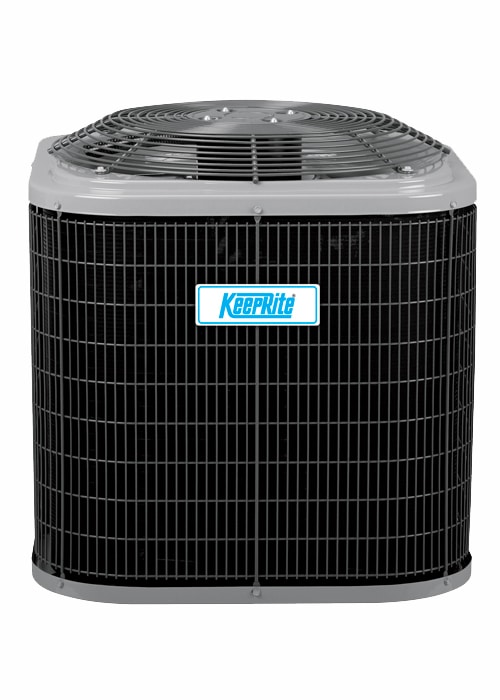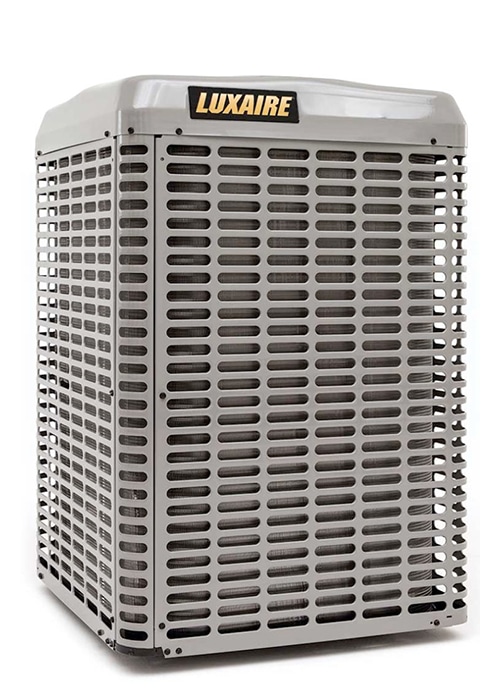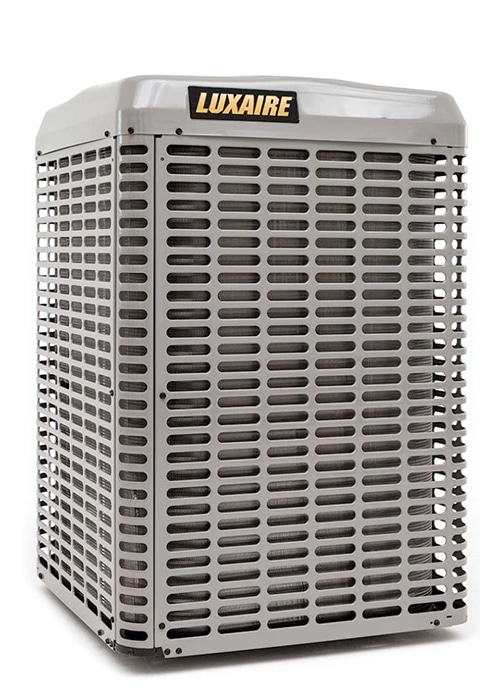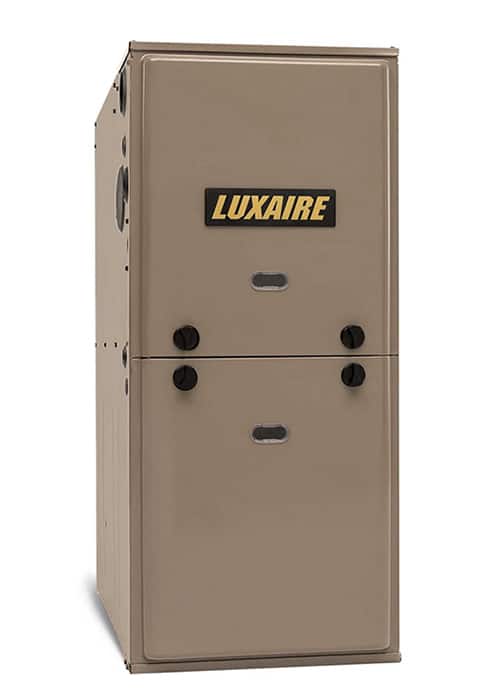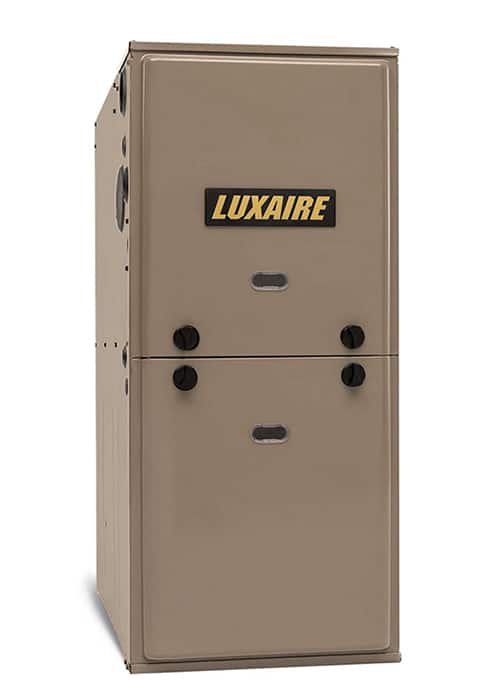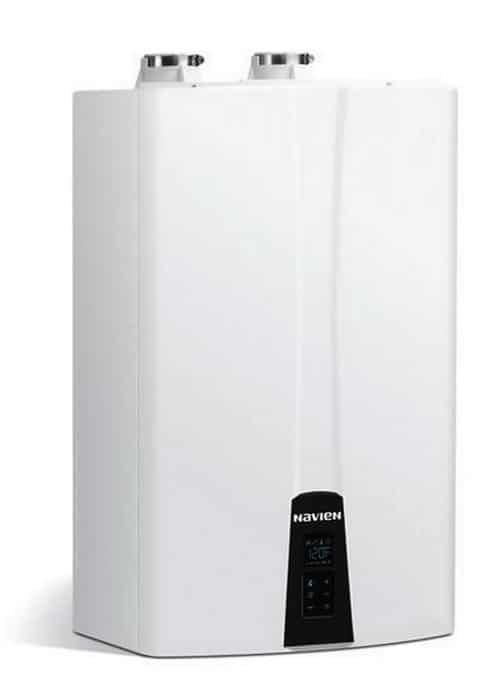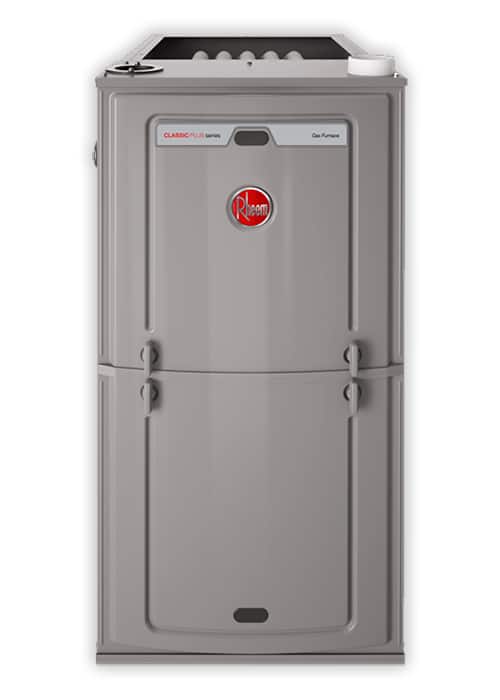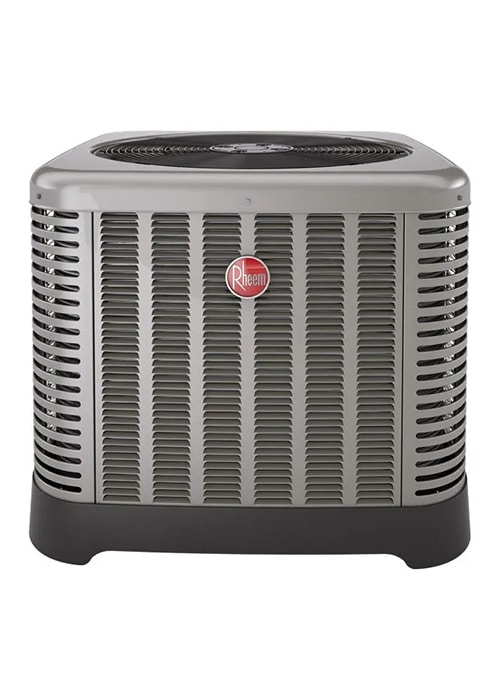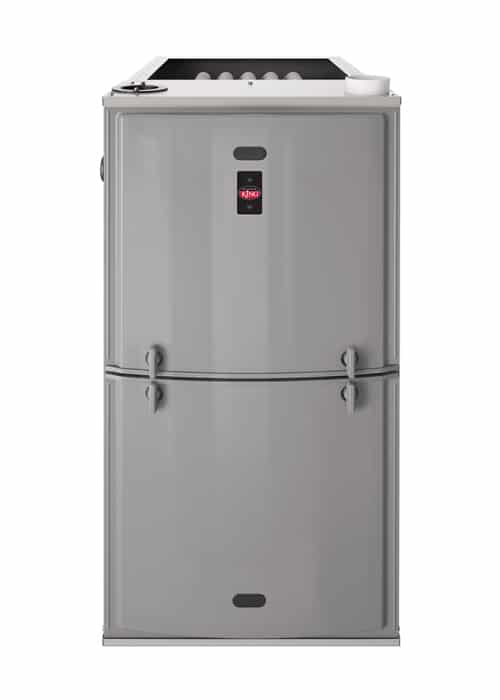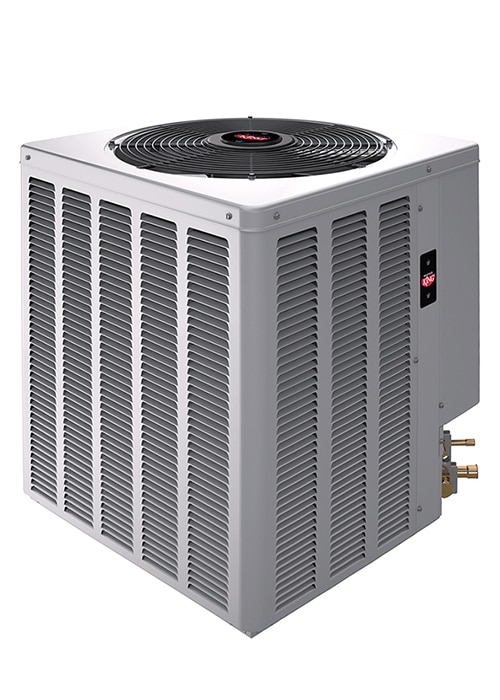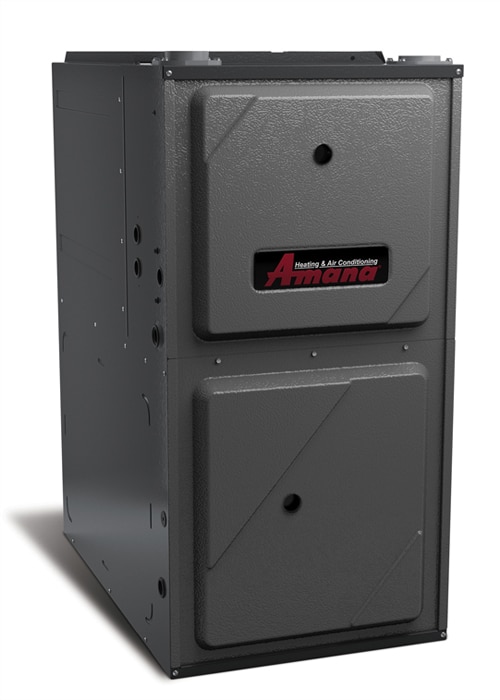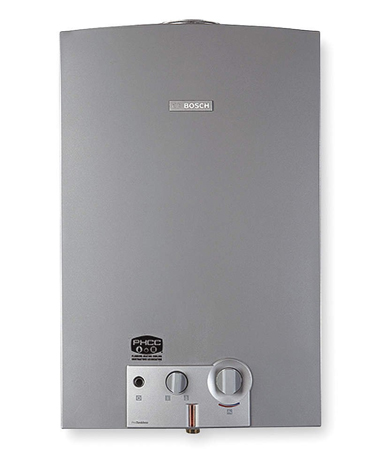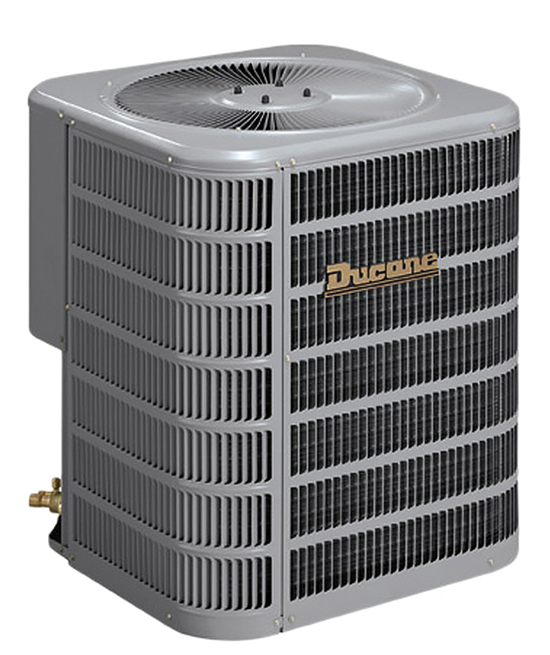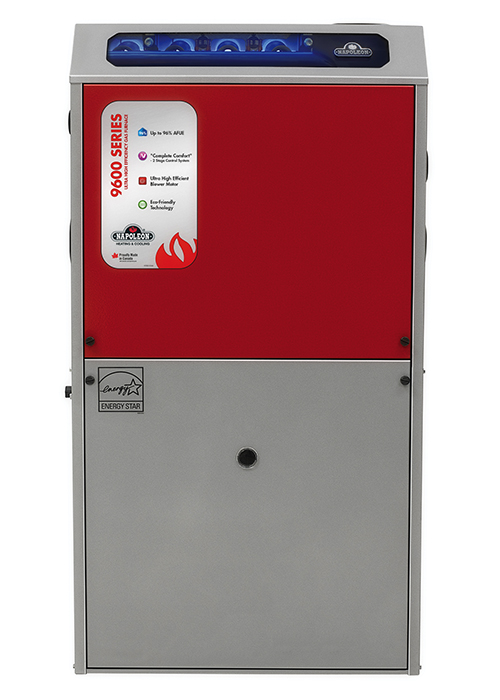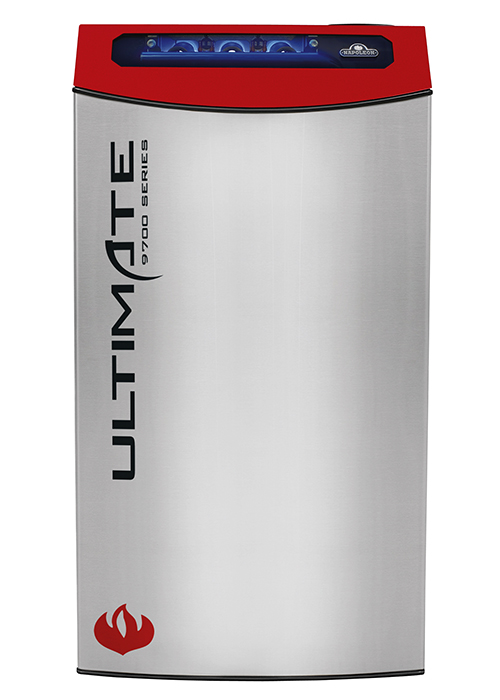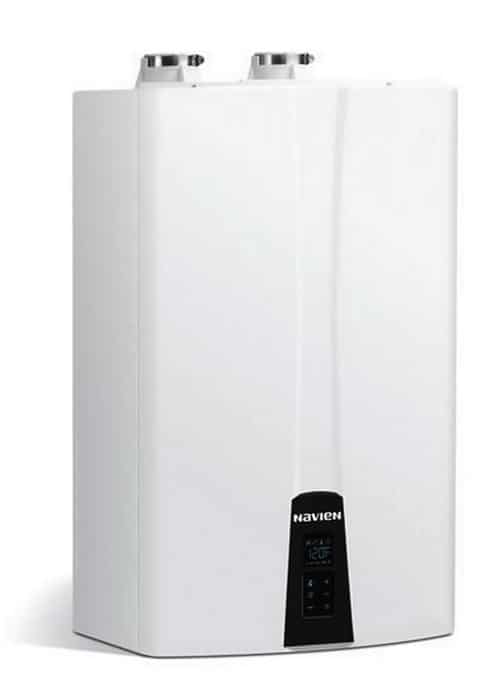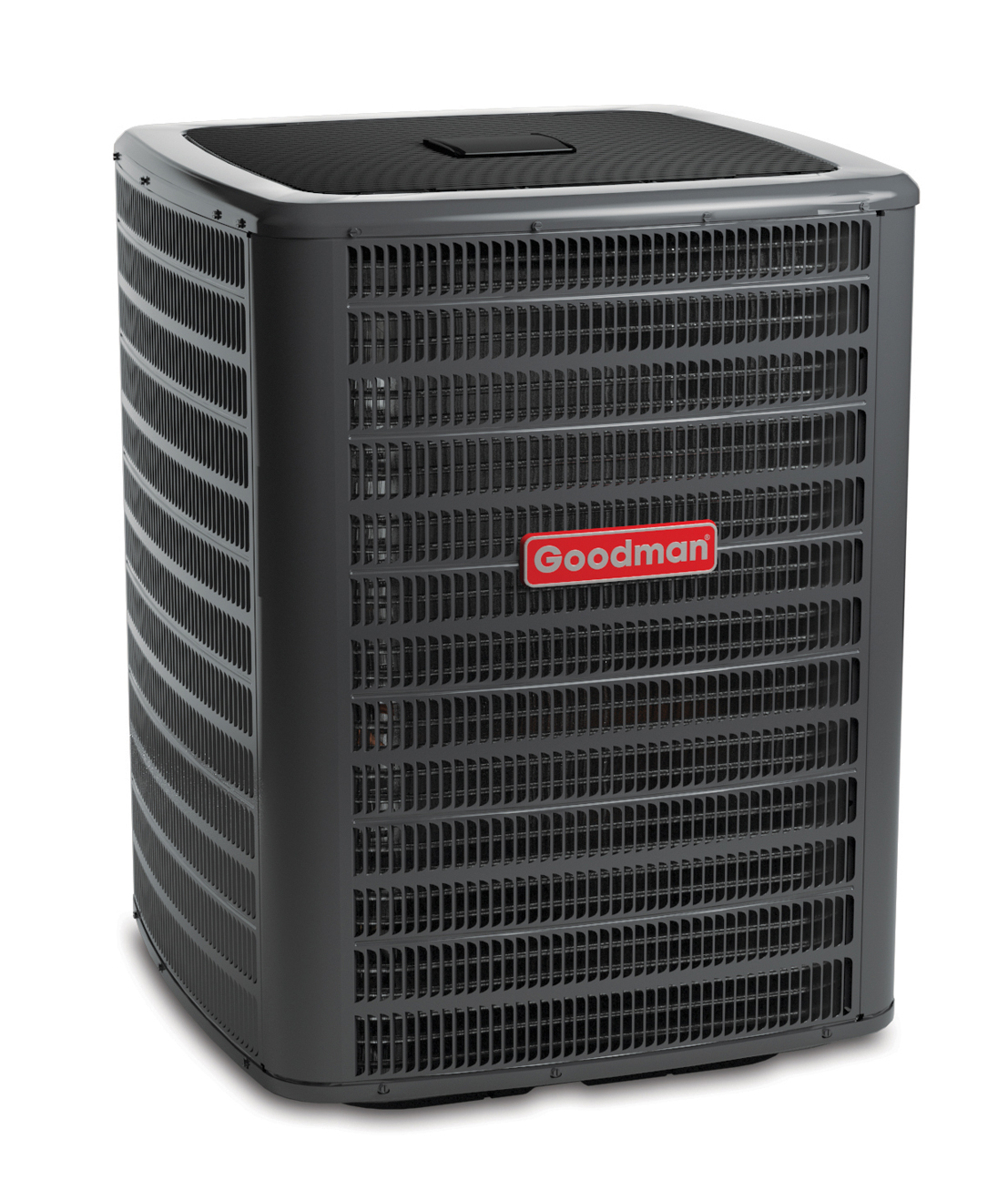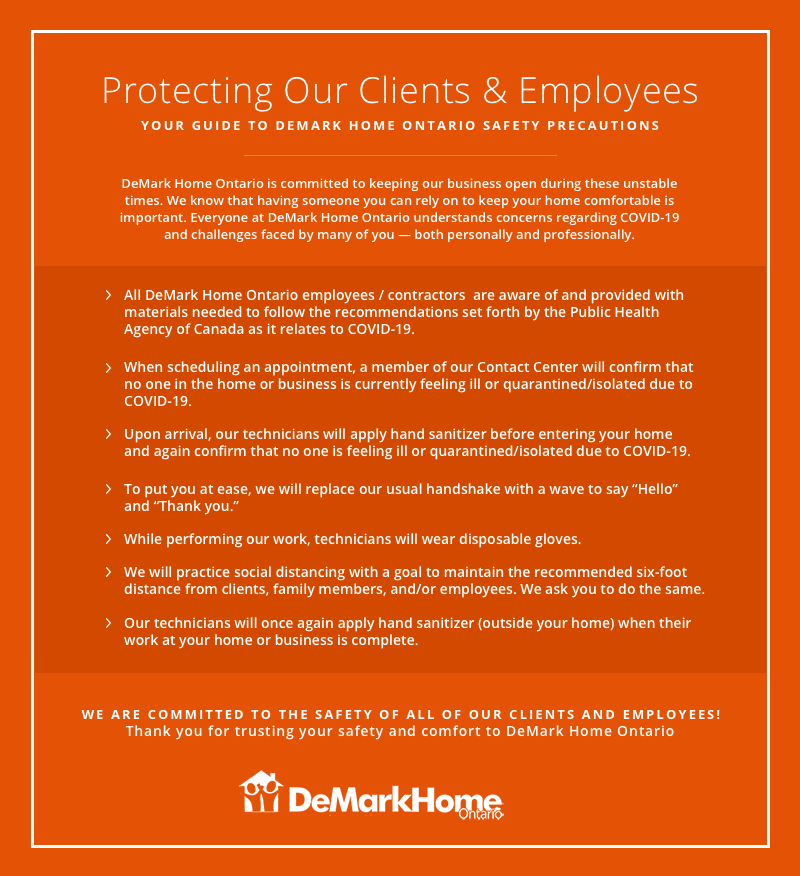How to Fix Frozen Air Conditioner Coil
Air conditioning equipment is a complex mix of electrical, mechanical, and plumbing components that must work together to provide sufficient cooling and air flow in an HVAC system.
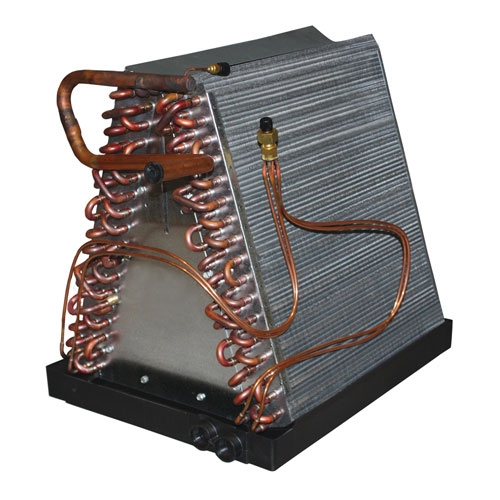 Small problems can result in higher energy costs, lower comfort levels, and damage to the equipment which can cost thousands of dollars to replace. A common problem seen with air conditioning and refrigeration equipment are frozen evaporator coils( frozen Air Conditioner Coil) Refrigerators and freezers typically have a built in thaw cycle to limit ice build up, but standard AC equipment usually is not equipped with this feature, but there are a few simple causes that you should be aware of that will help prevent frozen Air Conditioner Coil.
Small problems can result in higher energy costs, lower comfort levels, and damage to the equipment which can cost thousands of dollars to replace. A common problem seen with air conditioning and refrigeration equipment are frozen evaporator coils( frozen Air Conditioner Coil) Refrigerators and freezers typically have a built in thaw cycle to limit ice build up, but standard AC equipment usually is not equipped with this feature, but there are a few simple causes that you should be aware of that will help prevent frozen Air Conditioner Coil.
The two causes for frozen coils is either a lack of airflow across the evaporator coil or a problem within the refrigeration system.
Troubleshooting
Most homeowners don’t realize there is a problem until they see that the unit runs continuously, the temperature is too warm, or there is reduced airflow. When people here the hum of the blower and compressor running, they assume it is working. If they happen to go outside and see ice on the line coming out of the home, they might become concerned. The real cause for the reduced capacity is that the evaporator coil, the one inside the air handler, is either partially or completely frozen preventing any air from getting through. To see this you would have to remove an access panel on your unit to inspect the coil. If you go to the air handler you may notice the area where the coil is located may be sweating due to the ice inside coming in contact with the metal casing of the unit or plenum. The condensate drain may also be sweating from the colder than normal temperatures. In extreme instances, ice will begin to form on the outside of the unit.
The best thing to do once you notice your frozen Air Conditioner Coil is to turn it off. If it is summer and you have a frozen heat pump system you can turn it to the heating mode and it will pump hot refrigerant through the coil to accelerate the defrosting process. If an excessive amount of ice is on the evaporator coil, defrosting the frozen coil may overflow the condensate drain and you may have some water damage. This may happen on any type of system if the air handler is located in a hot attic. For standard AC systems, go to the thermostat and turn the air conditioner to the off position and turn the fan switch to on or manual at the selector switch on your thermostat. This will help defrost the frozen evaporator coil and by blowing warm room air over the coil.
On manual thermostats the selector switch is on the bottom or side to place the fan to ON
Also note that a heat pump will form frost or ice on the outside condenser coils in the winter which is common and most heat pumps are equipped with a method to defrost the condenser coils.
Filters
While the coil is defrosting, check to see if your filters are dirty and need to be changed. The reduced airflow from dirty filters is the most common cause for frozen coils. If you have new filters, throw away the dirty ones and replace with the new set. If you have a washable filter, rinse out the mesh screen in a laundry sink or outside with a hose. Do not use soap to wash the filter and only use water unless the manufacturer recommends some cleaning agent. Replace your filters at least every 60 days during the cooling season, and at least every 90 days during the rest of the year. If you have flat filters instead of a pleated style, you may want to replace them once a month.
Blower
Another common cause for reduced air flow is a dirty blower. The fan located in the air handler is commonly referred to as a blower and it is usually located after the filters and either before or after the evaporator coil. Even if you change your filters regularly, the blower cage can still get dirt deposits on the fins and reduce airflow since some air can bypass the filters around the edges. You may want to check to see if the foam gasket is in place around the edge of the filter frame. Also make sure that your filter is the proper size by consulting your operation manual for the unit. Most evaporator coils are designed to have at least 400 cubic feet per minute (CFM) of airflow across the evaporator coil per ton of air conditioning. If you have a 3 ton air conditioning unit or heat pump you need 1200 CFM of airflow across the evaporator or the air conditioner will freeze.
A few other causes for reduced airflow are:
- Collapsed ductwork
- Loose Fan Belt
- Bad blower motor
- Obstructions to return grilles – such as furniture placed in front of wall returns
- A dirty Evaporator coil
Turn off the power to the system prior to checking the blower or removing panels and covers.
After the coil has thawed completely, replace all access panels and covers and turn the system back to cooling mode and the fan back to AUTO. Check the system every hour to ensure that there is proper airflow and that there is no ice forming.
Caution: Never use any sharp objects to try to chip away the ice on the coil, while you may not damage the refrigerant lines, you will definitely bend the aluminum fins and reduce the airflow. The only recommended way to speed the defrosting process is to place a fan by the coil to increase air circulation. If you leave the access panel off of the unit and turn only the fan on, the blower will pull in enough air defrost the ice quickly. So people may want to use a heat gun or hairdryer to help melt the ice, but this is not usually necessary, unless you need the unit running as soon as possible.
Refrigerant Problems
Frozen Air Conditioner Coil can also be caused by a refrigeration problem. The most common problem is a refrigerant leak, often referred to as Freon®. (Freon® is a trademark name of DuPont Corporation). This means that the air conditioning is low on refrigerant. This leak needs to be repaired and then the system recharged by a professional HVAC technician. A frozen air conditioning system can also be caused by a refrigeration problem when pressures drop in the evaporator. A pressure drop in the evaporator coil means that the refrigerant will be colder than the dew point. When the evaporator coil in your air conditioner operates below the dew point the moisture or humidity in the air will freeze to the coil. Frost will appear on the air conditioner evaporator coil and start to restrict airflow and then accelerate the freezing process. This will eventually form a solid block of ice and restrict the air flow of the air conditioning system. Only a trained HVAC professional has the tools to fix frozen Air Conditioner Coil.
Another refrigeration problem is a clogged filter/drier, which is a component installed in the copper tubing near the condenser unit outside to remove water and dirt from the inside of the system. They are usually installed after a repair if the system is opened to the atmosphere. This will lower the pressure inside the evaporator coil and cause it to freeze. If your system has an expansion valve installed before the evaporator coil, this may be defective and require replacement.
Air Circulation
Low return air temperatures will cause the same results as the above conditions. The air entering the evaporator coil is too low and may be from supply air recirculating or the thermostat set too low. It is important to check these temperatures prior to troubleshooting.
If the outside temperature drops below 60 and there are no condenser fan controls, the condensing pressures drop below their normal operating levels. This causes a pressure drop in the refrigerant entering the evaporator coil and this will cause the same symptoms as when the unit is low on refrigerant. Operating a condenser in lower temperatures can be accomplished by installing a low-ambient kit which keeps the condenser fan off until the temperature/pressure inside the coil reaches a certain level.
For a free consultation, estimate or to book your maintenance call please contact us






